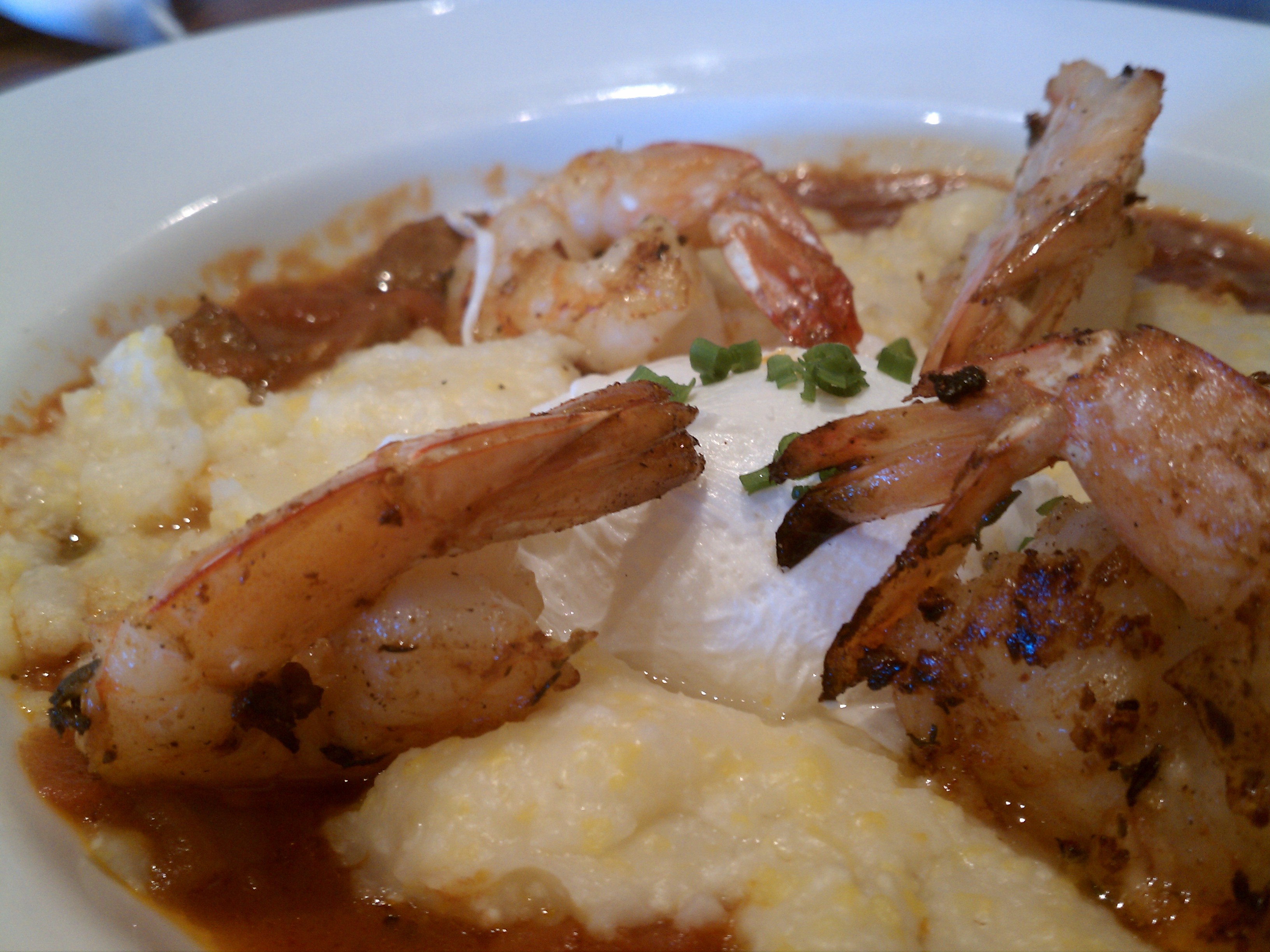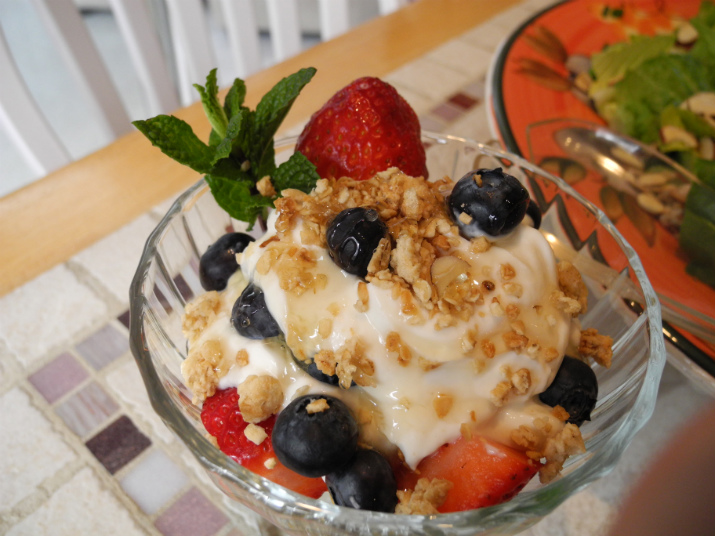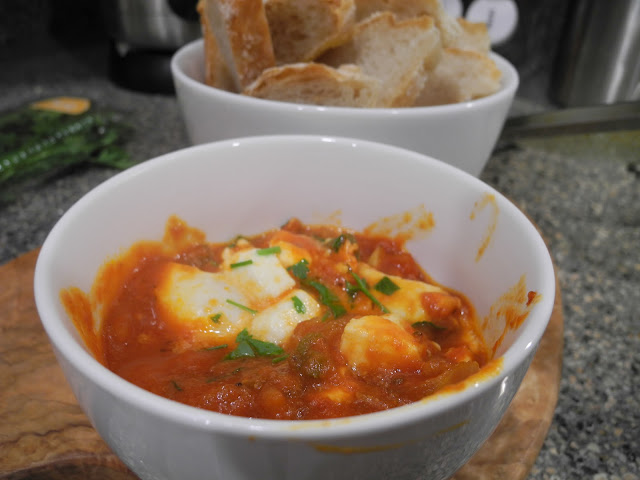Honey & Sesame Challah

Shabbat Shalom, eaters! Today (well, actually yesterday) we bake(d) an iconic, delicious, impressive loaf: Challah! And as intimidating as it may seem, you can too. That's because challah is actually a very simple bread that can tolerate more than a little error or variability in its production. If you've ever wanted to start baking bread, challah is a wonderful place to begin.
Let's take a step back. I think baking makes a lot of people nervous, and baking bread can be downright intimidating. Perhaps it's all those people wandering around declaring that "cooking is art and baking is science."
That's just not true. It's all science--it's all chemical reactions and combinations--but it's also all "art"--cooking and baking both take some practice and experience. Above all else, you've just got to be willing to fail sometimes. Learning is hard! Practice includes failure! And making bread is no exception.
But! (And this is a good "but.")
With good recipes, a good attitude, and little patience, you can and will succeed. So without anymore morale-boosting:
Ingredients:
- 3 3/4 teaspoons active dry yeast (about 1 1/2 of the little packages or 3/8 ounces). Don't stress too much about exactitude here; just do your best.
- 1 tablespoon granulated sugar
- 1 3/4 cups water at about 110 degrees Fahrenheit, which is warm but not so warm that it hurts to hold your hand in the water. If you have a thermometer, use a glass measuring cup and "dial it in" by starting too hot and adding cold water and stirring until it hits about 110, +/- 5 degrees. If you prefer celsius--good for you for living in a sensible country.
- 1/2 cup olive, vegetable, or canola oil
- 5 large eggs
- 1/2 cup honey (Any kind of pure honey; the stuff you get at the grocery or convenience store is fine. Creamed or whipped honey is not ideal. If your honey has crystalized and become grainy, let the closed jar sit in hot water for fifteen minutes.)
- 1 tablespoon table salt (if you're using a salt with large grains, increase the amount slightly)
- 8 to 8 1/2 cups all-purpose flour (it helps a lot to pre measure the flour and put it in a bowl off to the side to avoid losing count)
- Cooking spray (olive oil or canola is ideal; if you don't have spray you can just use more oil)
- Sesame seeds for topping (a few tablespoons)
1. PROOFING the yeast: In a large bowl (or right in the measuring cup), whisk the yeast and the 1 tablespoon sugar in the warm water. Wait 5-10 minutes until it gets foamy like a capuccino and smells strongly of bread or hefeweizen. (It's called proofing because you're getting "proof" that the yeast is still alive and active. If the yeast doesn't foam, try gain with new yeast.)
2. If you're not already working in a big bowl, transfer to one. Whisk the oil into yeast, then beat in 4 eggs with the honey and salt.
3. Gradually add flour, a cup or so at a time. Start by mixing with a sturdy spoon (wood is good). After a few cups, spoon mixing will be tough; switch to using your hands. When the dough is starting to get firm, after about 7 1/2 cups or so, you're going to start kneading. I would do this by hand; Smitten Kitchen says (and I believe her) that this is too much dough for your average home stand mixer.
4. KNEADING:
a. Lightly flour a clean surface like a counter or a big, unsmelly cutting board (unsmelly is key; do you want your challah tasting like onion? Maybe you do.). To do this, take a handful of flour and sprinkle it onto your work surface. Then use your hands to spread it around.
b. Transfer the dough to the floured surface, making sure to get up all the scraps at the bottom. Knead by folding the dough in half, then using the heel of your hand to squish the halves together. Here's a video in case you want a crash course.
c. If the dough gets very sticky, sprinkle on more flour. You may need to re-flour your work surface a few more times.
d. Knead for about five to ten minutes, or until your arms give out. The goal is for the dough to be much less sticky, a little springy, and "smooth" (in the sense that there are no more pockets of unblended flour).
e. When you're done, shape the dough into a ball

5. FIRST RISE (1 hour): Clean out your big bowl bowl and grease it with the cooking spray, then place the dough ball in the bottom. Cover with plastic wrap, and let rise in a warm place for 1 hour, until almost doubled in size. The dough may also rise in an oven that has been warmed to 150 degrees then turned off.
6. SECOND RISE (30 minutes): Punch down the dough, cover it, and let it rise again in your warm place for another thirty minutes.
7. BRAIDING: This can be tough. Follow my directions, if you screw it up it's fine to start over, and trust me--it doesn't need to look perfect that this point.
a. Turn the dough out onto the counter. It will collapse a good deal--that's ok. Spray some oil on a knife and cut the dough in half. Each half will make one loaf.

b. Take the first half and cut it into six equal-ish chunks. I find this easiest by cutting the half in half again, then into thirds. If the chunks are not perfectly equal, that's not the end of the world--just do your best.
c. Roll each chunk into a snake. I start but rolling it between my hands in the air, then finish by rolling it against the counter. IDEALLY each snake should be about 16 inches long and taper a little so it's fatter toward the middle. Again, just do your best.
d. Fan out the snakes and pinch them together at one end.
e. Working ALWAYS from the RIGHT, go OVER TWO, UNDER ONE, OVER TWO, UNDER ONE.
f. Continue. You may have to rotate the growing loaf around a bit.
g. When you run out of a strand, pinch the ends together well and firmly.
h. Using a dough scraper or a knife, cut off each end so it looks pretty. Don't worry! You'll use that dough to make a little roll.
i. Take the ends, combine them, and roll it into a tapered piece. Then, twist the little tail around the big end to make a little turban-style roll.
j. You did it! Now do it again with the other half of the dough.
k. If you need help, or want to try a different braid, check this page out.
8. THIRD RISE (30 minutes): Preheat oven to 375 degrees Fahrenheit. Place the loaves on parchment on top of a pan. Beat remaining egg and brush half on the loaves--you can use your hands, or a pastry brush. Place a piece of plastic wrap on top of the each loaf (and the mini rolls) and let rise one last time.
9. Paint the loaves (and the rolls) with the rest of the egg wash, then sprinkle heavily with sesame seeds.

10. BAKING: Bake the loaves, preferably one at a time, in the middle of the oven for about 25 minutes until golden. If you go one at a time, you can use loaf number one as a guinea pig to get the time right for loaf number two. Let them cool on a rack.
Et voila! You have awe-inspiring challah that will impress the pants off your friends, family, in-laws--whomever!

Bon appetit, b'teavon, and stay hungry!
PS: When you're done eating the bread fresh, how about making some Vanilla Chai French Toast?!?

 Print Article
Print Article 










